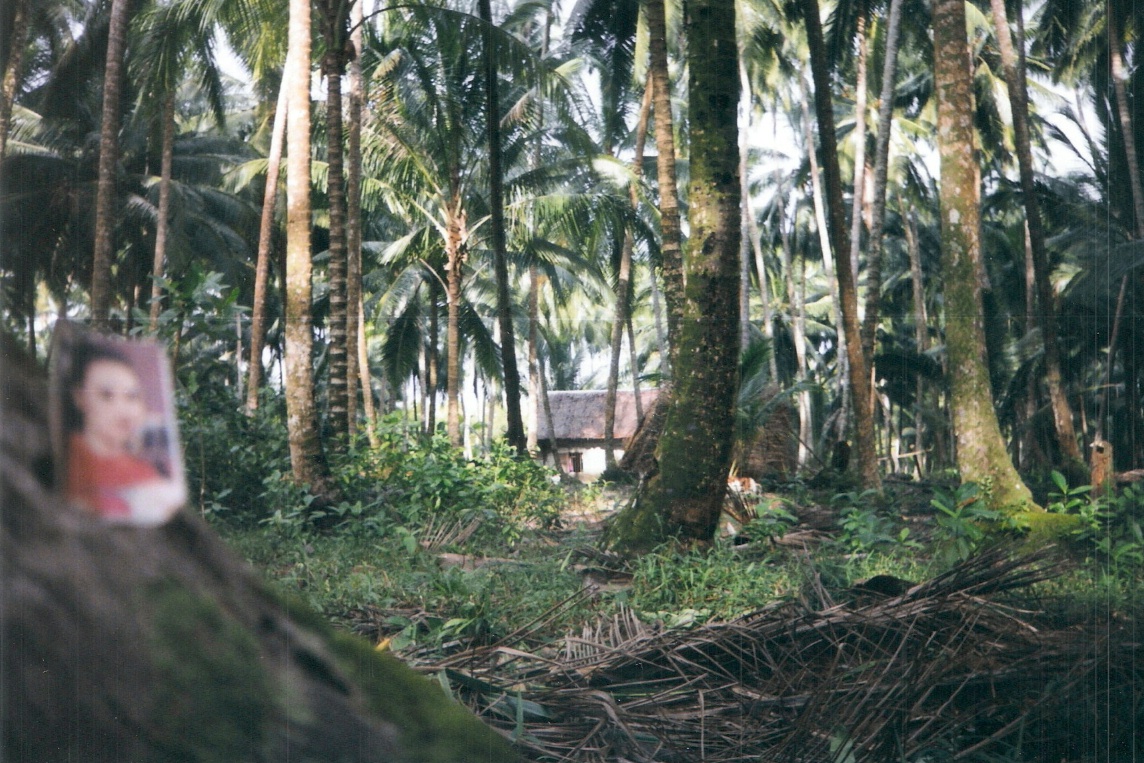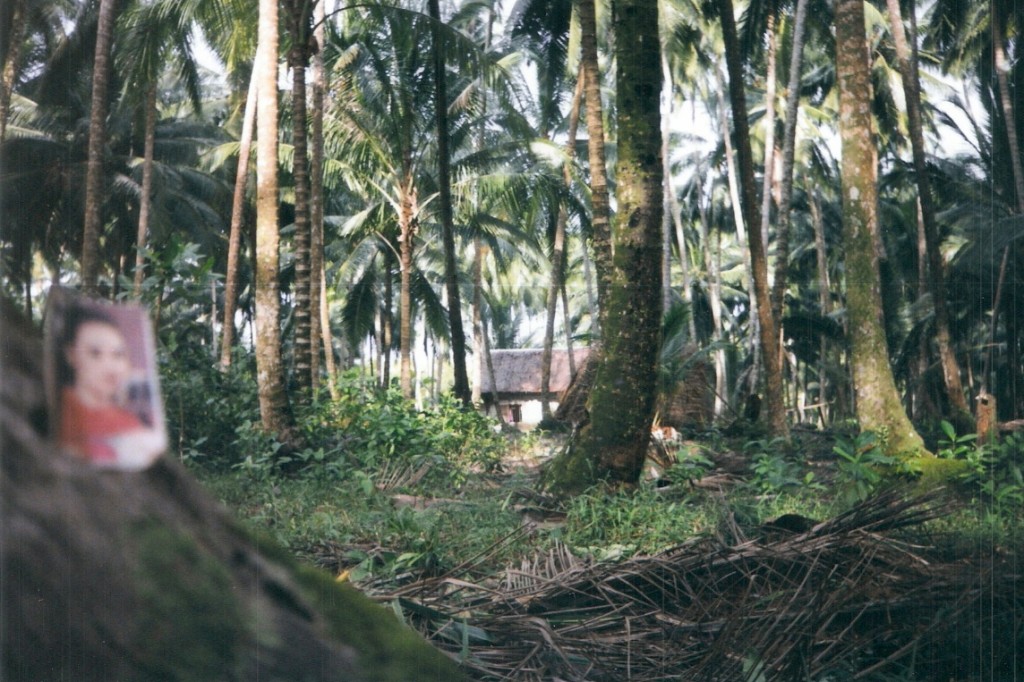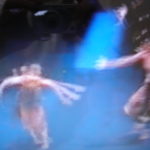Here is a traditional Bagobo Agung Ensemble taken by anthropologist Robert Garfias during the 1960s. The Bagobo People are an Indigenous Proto-Austronesian tribe of Mindanao in southern Philippines.
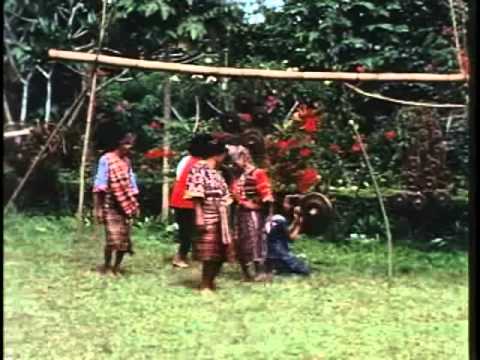
Watch this video on YouTube
Bagobo Agung Ensemble – Recorded by Robert Garfias, Anthropologist and Ethnomusicologist
Posted in: Austronesian Outpost of Anaphoria
The Bagobo People are an Indigenous Proto-Austronesian tribe of Mindanao in southern Philippines. Here is a traditional Bagobo Agung ensemble taken by anthropologist Robert Garfias during the 1960s. The Agung tradition of the Philippines & Borneo is closely related to the Kulintang tradition (which stretches south and west from Mindanao to Sumatra in Indonesia), and distantly related to Javanese and Balinese Gamelan musical genres.
“The owners of these islands,” says an old writer, speaking of the Southern Philippines about a century and a half after Magellan, “are those who people the mountains,” having retreated thither before invasions of more vigorous tribes (Moro), who hold the coasts and “bear themselves among those people as princes.” The Bagobo still “people the mountains” of Mindanao between the crest of the range which culminates in the volcanic Mt. Apo, the highest peak in the Philippines, and the waters at the western side of the head of the Gulf of Davao. They form a population of some ten or twelve thousand, still largely pagan; since the U.S. occupation of the Islands, a considerable number have been induced to settle in the lowlands between their original mountain fastnesses and the coast. — The Penn Museum
The Bagobo are a settled people, practicing agriculture as well as hunting and fishing. Their chief crop is rice, which they grow in clearings on the mountain sides. Since this grain is their staple food, the whole routine of its cultivation is most closely bound up with their religious beliefs and practices. When, in December, Orion appears in the sky, this is the signal for the celebration of the great yearly sacrifice and for making all things ready for the rice-planting. Offerings of rice cooked in bamboo tubes—pots must not be used for this purpose—are made at the smith’s forge, to which the men bring their working knives and other tools used in connection with the cultivation or clearing of the fields. Then the smith calls on his patron spirit to come and eat of the food and accept the tools here devoted to him. These tools will be used in field work, although they now belong to the spirit, and compensation must be made to him if a knife be sold or otherwise disposed of. For the next three days no man must do any work. At the end of that time the workers go to the fields and set up in the middle of each a receptacle containing an offering of areca nuts intended for Manama, the Creator. In return for this, Manama is expected to keep mischievous spirits out of the field, to grant health, large crops and riches to the owner. — Penn Museum
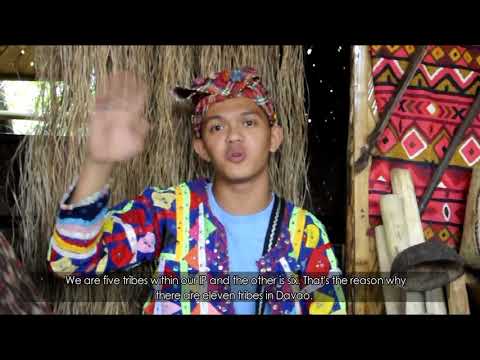
Watch this video on YouTube
Updated 11 April 2024

